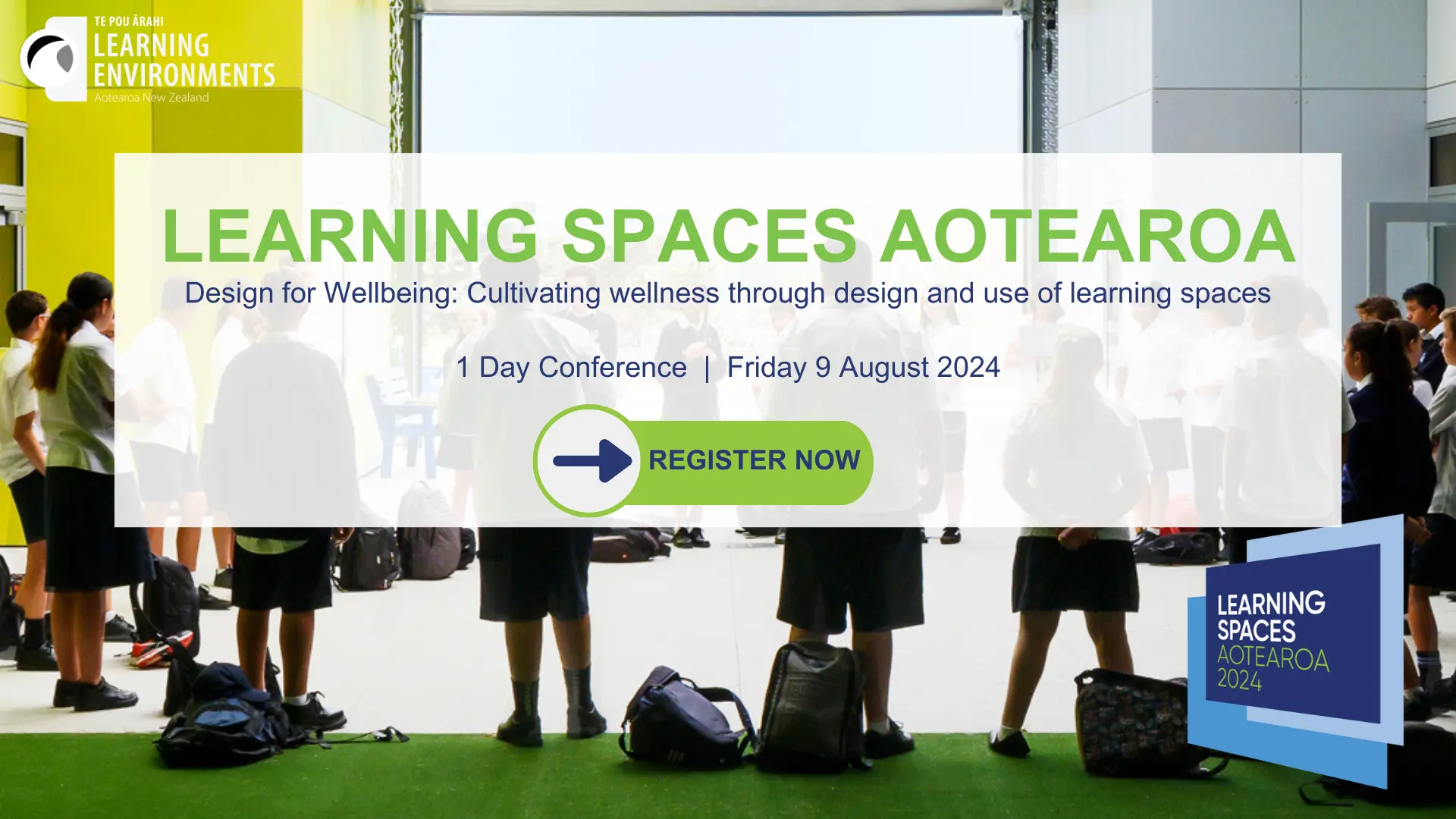Re/designing Schooling workshop – Where are we and where are we going?
28 May 2017
In a first-of-its-kind event for the Victorian Chapter, an evening of conversation was held for emerging professionals about the future of our education system.
"Re/designing Schooling" took its cue from 2016’s Mayfield Project and started to answer the question, “what if we continued the conversation?”
Hosted at the iconic Robin Boyd House, the event broadened the discussion from the usual architectural tours to include a wider circle of collaboration. Attendees included young professionals from architecture, education, government, and academia. The questions we sought to explore were where we are with education and where are we going. Moderator Dan Dunlevie started the proceedings with a few simple questions:
- Why are we doing this?
- Why change?
- How much change is needed?
- Where should change occur?
- Who will participate in the change process?
Dan led guest provocateurs Peter Ellis, Mary Featherston, and Megumi Miki in a discussion of these queries.
Designer Mary Featherston indicated that contemporary education design and teaching solutions are often on an ad-hoc basis. Systems can easily revert back to more traditional models with changes in principals, teachers, and government. As co-principal of Templestowe College, Peter Ellis took it further stating that the “current education system is broken.” Leadership consultant Megumi Miki pointed out that the hierarchies established in school often continue into the workplace. These structures often squash innovation. Especially if it comes from those in the minority.
Despite this initial outlook, there is hope for improvement. Mary sees it in the education philosophy of Reggio Emilia. According to her, this time tested system is for the transmission of culture rather than the creation of it. Mary has observed that children are intensely intelligent, curious, and empathetic. As a demonstration of these principles, St Leonard’s student Sophia presented her concept for the School of the Earth. The most important rule for students at this inclusive school is that “you must have fun.” What better rule is there than education should be fun?
Peter proposed that change should happen at a grassroots level rather than waiting for politicians to take action. For him, this change needs to be a paradigm shift to a strengths and passion based model of education. This is the practice at Templestowe College where each student has an individualised curriculum. In answer to how the school community has reacted to these changes, Peter responded with the simple equation:
Happy Students = Happy Parents
Templestowe College is currently working with three schools on repeating their success. However, this does not involve a straight copy of their curriculum. In each case, the individual school must ask their community what they want and need to learn.
Despite their innovative approach, Templestowe College is still operating out of traditional classrooms. There is a certain irony in this scenario. This is further compounded since many of the opportunities of today’s innovative learning environments (ILE’s) are not being fully implemented in the traditional education system. Imagine the potential if innovative teaching practices (such as those at Templestowe College) operated in contemporary ILE’s. Perhaps then, we could realise more than just an ad-hoc alignment between innovative policy and learning environments.
Dan concluded the evening by noting that “change is possible!” If events like these continue, the future of education and design will be in the capable hands of our next generation of leaders. All we need to do is continue the conversation.
Article: Wayne Hay
Photos: Lynette Julian



